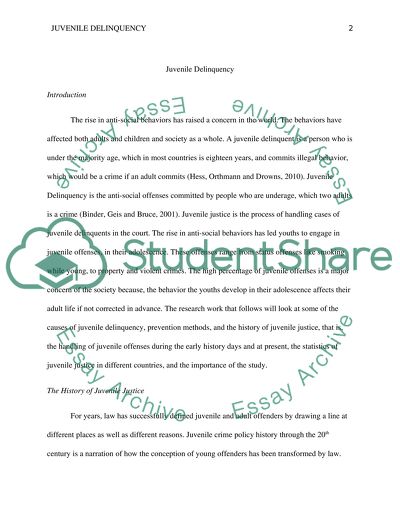Cite this document
(“Juvenile Delinquency Essay Example | Topics and Well Written Essays - 3000 words”, n.d.)
Retrieved from https://studentshare.org/law/1404131-juvenile-delinquency
Retrieved from https://studentshare.org/law/1404131-juvenile-delinquency
(Juvenile Delinquency Essay Example | Topics and Well Written Essays - 3000 Words)
https://studentshare.org/law/1404131-juvenile-delinquency.
https://studentshare.org/law/1404131-juvenile-delinquency.
“Juvenile Delinquency Essay Example | Topics and Well Written Essays - 3000 Words”, n.d. https://studentshare.org/law/1404131-juvenile-delinquency.


